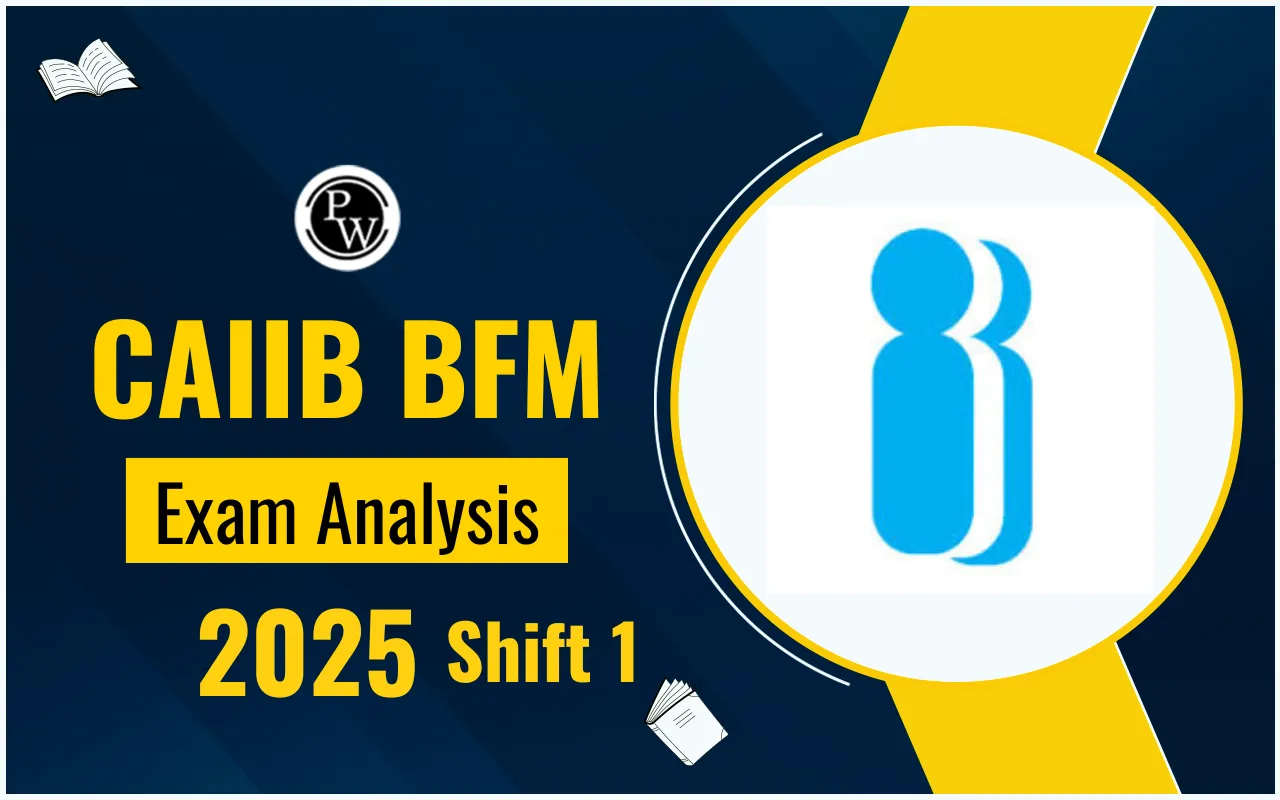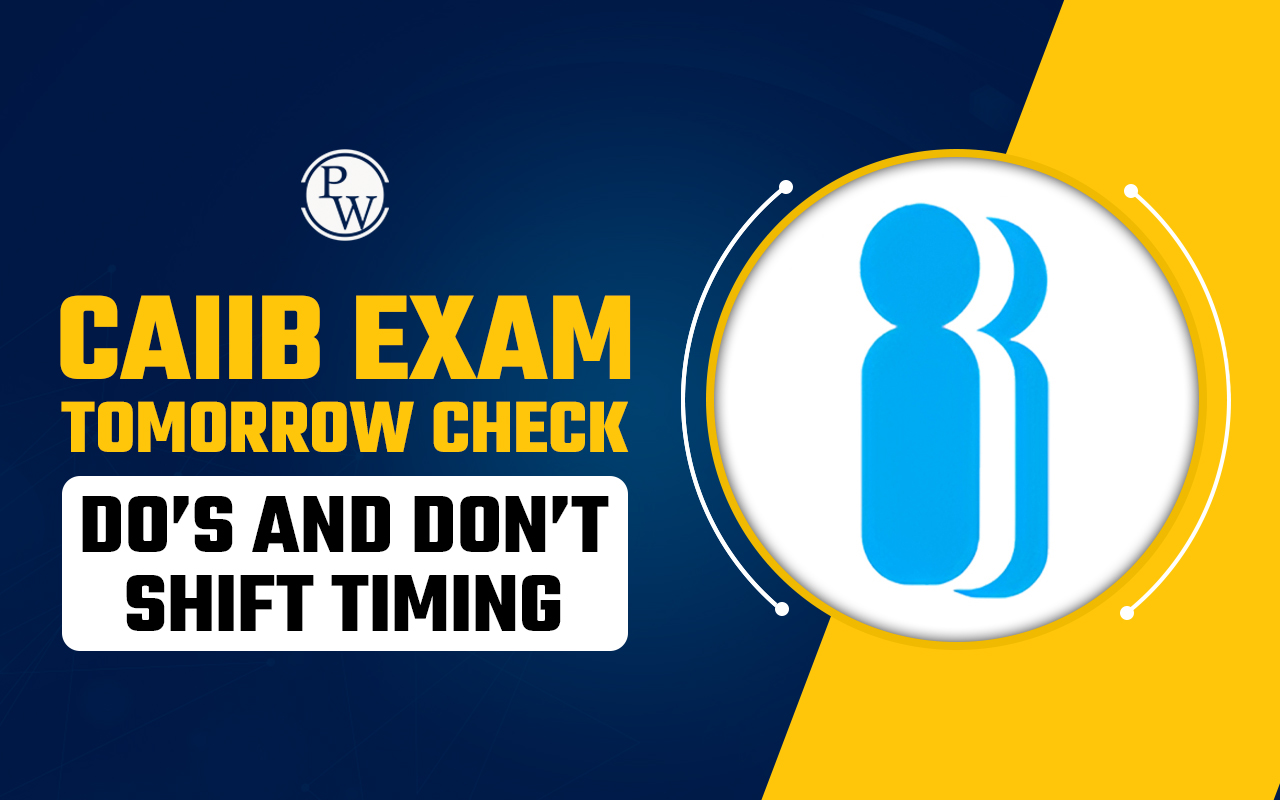
Digital Payment and Cyber Security: Pandemic shutdowns and business closures significantly increased the use of Digital Payment Technology to complete financial transactions by the end of 2020. The transition was sudden and widespread, and many companies lacked the necessary cybersecurity protocols to protect the consumer data now exchanged online. In fact, according to the Cyber Readiness Institute, only 40 percent of small businesses had an adequate cybersecurity policy after the public health crisis hit.
Digital Payment and Cyber Security
Many malicious actors have seen this trend as a very lucrative opportunity to exploit unprepared online businesses and exfiltrate consumer data for financial gain, which has increased the number of attacks in recent years. According to a study by Accenture, cyber attacks increased by 31 percent between 2020 and 2021. According to JP Morgan, 30% of companies reported an increase in digital payment fraud. With the Internet, businesses have changed the way they collect payments from customers. But far away are the hackers/fraudsters who have made the internet a dangerous place where fraud and security breaches are on the rise. In this article, we are going to look at why cybersecurity is important to get started with Digital payments and the best practices we recommend.Why Cyber Security Important With Digital Payment?
Whether you are a business or a consumer, protecting your data is critical. But here's why cybersecurity measures for Digital payment are even more important:1. Protect Sensitive Information: The average financial services employee has access to 11 million files. Unfortunately, online transactions are vulnerable to hackers. They are highly motivated by money to obtain information, especially personal banking information. Vulnerable systems are at high risk, which can have catastrophic consequences for businesses and individuals. Cyber security for digital payments is critical to protecting sensitive information.
2. Fraud Prevention: Money laundering, identity theft and fraud are common problems when shopping online. Using machine learning and fraud detection mechanisms, cyber security programs can analyze patterns of events to detect suspicious activity. This helps prevent theft/fraud in real time.
3. To Avoid Large Fines and Legal Consequences: When shopping online, customers trust companies to keep their information (card/bank information) safe. All merchants must comply with payment industry requirements such as PCI DSS to ensure customer protection. If your business operates in the European Union, you must comply with the PSD2 Strong Customer Authentication (SCA) standard. Multi-factor authentication helps reduce theft or fraud. Ignoring these legal requirements as a business can put you at risk of:
- damages if necessary
- legal fees
- large fines from administrative authorities
4. Reduce Charges: Most charges occur when the cardholder disputes a charge/transaction on their account They may not recognize the fee and consider it fraudulent, so they request a refund from their bank. This is especially common in online stores.
Secure payment gateways can help reduce fraudulent charges by verifying the cardholder's identity, saving you from financial losses and chargeback fees.5. Positioning as a Global Company: Cross-border regulations are not uniform. Different countries have different legal frameworks and security standards or regulations; which must be considered. By implementing secure payment gateways compatible with multiple countries, businesses can have a global audience.
6. Protect your Reputation: When Uber suffered a data breach in 2016, customer perception dropped 141%. Data breaches lead to customer distrust and negative publicity. The reputation of the brand guides the entire business. Business organizations sometimes spend millions of dollars building their brand image. When a single data breach can bring down the entire effort, you begin to understand the importance of cybersecurity across the entire payment infrastructure.
Types of Digital Payments in India
Digital payments have several advantages. After launching Cashless India (which aims to promote a cashless economy), we currently have several digital payment methods available in India. Some digital payment methods have been in use for more than a decade, some have gained popularity recently, while others are relatively new. Following types of digital payments:1. Debit Cards
Debit cards, debit cards or prepaid cards are widely used by Indians as an alternative to cash payments. In 1981, Andhra Bank launched the first credit card in India. Cards are preferred for many reasons including but not limited to convenience, portability, security and data security. It is the only digital payment method that is popular for online and physical payment transactions. Many programs like Cred, Square, etc. were released to manage card transactions.2. Unstructured Supplementary Service Data (USSD)
Unstructured Supplementary Service Data (USSD) has been introduced for those sections of the Indian population who do not have access to proper banking and internet services. According to USSD, mobile banking transactions are possible without internet connection by dialing *99# on any central phone. This number is used by all Telecommunications Service Providers (TSP) and allows customers to access services including bank transfers, balance inquiry and mini-statements. About 51 major banks in India offer USSD services in 12 languages including Hindi and English.3. Aadhaar Enabled Payment System (AEPS)
Aadhaar Enabled Payment System (AEPS) is a bank-led digital payment model initiated to leverage the presence and reach of Aadhaar. This system allows customers to transfer money between two Aadhaar-linked bank accounts using their Aadhaar-linked accounts. According to the National Payments Corporation of India (NPCI), AEPS has gone through 205 million payment transactions by February 2020. AEPS does not require any physical activity, such as visiting an office, using a bank or credit card or signing a contract. a document This bank-led model enables digital payments at PoS (Point of Sale / Micro ATM) through a business correspondent known as Bank Mitra using Aadhaar authentication. AePS charges for cash withdrawal at Business Correspondent shops is around ₹ 15.4. Unified Payment Interface (UPI)
UPI is a payment system that culminates in multiple bank accounts into a single application, enabling money transfers between parties. Compared to NEFT (National Electronic Fund Transfer), RTGS (Real Time Gross Payment) and IMPS (Instant Payment Service), UPI is considered a well-defined and standardized process across banks. With UPI, you can make a bank transfer anywhere with just a few clicks. The advantage of using UPI is that it allows you to pay directly from your bank account without entering your card or bank details. This method has become one of the most popular digital payment methods in 2020, with more than 2 billion transactions in October.5. Mobile wallets
As the name suggests, mobile wallets are a type of wallet where you can carry cash in digital form. Often, customers link their bank accounts or debit cards to a wallet to facilitate secure digital transactions. Another way to use wallets is to add money to a mobile phone and use the balance to transfer money. You can also check out the digital wallet guide to get the necessary information and clear up the confusion. Today many banks have launched their own wallets. Additionally, famous private companies have established their presence in the mobile wallet. Commonly used are Paytm, Freecharge, Mobikwik, mRupee, Vodafone M-Pesa, Airtel Money, Jio Money, SBI Buddy, Vodafone M-Pesa, Axis Bank Lime, ICICI Pockets etc.6. Bank Prepaid Cards
A bank prepaid card is a pre-loaded debit card issued by a bank that is usually single use or loadable for multiple uses. It differs from a regular debit card because the latter is always linked to your bank account and can be used multiple times. This may or may not apply to a prepaid debit card. Customers can create a prepaid card with a user account that meets Know Your Customer (KYC) standards. Corporate gifts, rewards cards or one-time gift cards are the most common examples of these cards.7. PoS terminals
PoS is a store or segment. These terminals were considered cash registers in malls and shops where payments were made for a long time. The most common type of PoS machine is a debit card and credit card, where customers can pay by simply swiping the card and entering a PIN (personal ID number).8. Internet banking
Internet banking, also known as e-banking or internet banking, allows customers of a particular bank to make payment transactions and other financial operations through the bank's website. A stable internet connection is required to make or receive payments and to access the bank's online banking website. Today, most of the Indian banks have launched their online banking services. It has become one of the most popular ways to shop online. Every payment gateway in India has a virtual banking facility. Some of the best ways to transact through online banking are NEFT, RTGS and IMPS.9. Mobile banking
Mobile banking means making transactions and other operations using mobile devices, usually through a bank's mobile application (app). Today, most banks have mobile banking apps that can be used on mobile devices such as cell phones and tablets, and sometimes on computers.Digital Payment and Cyber Security FAQs
Q1. What is Digital Payment and Cyber Security?
Q2. Why Cyber Security is important with Digital Payment?
Q3. What are the types of Digital Payment in India?










